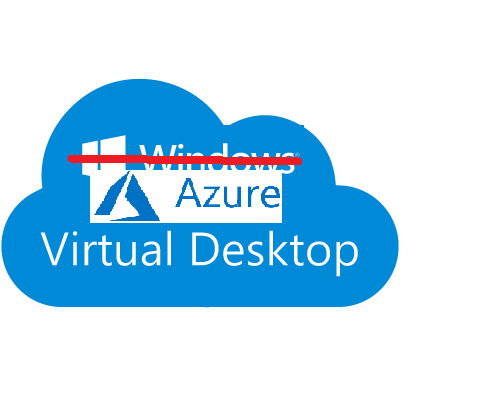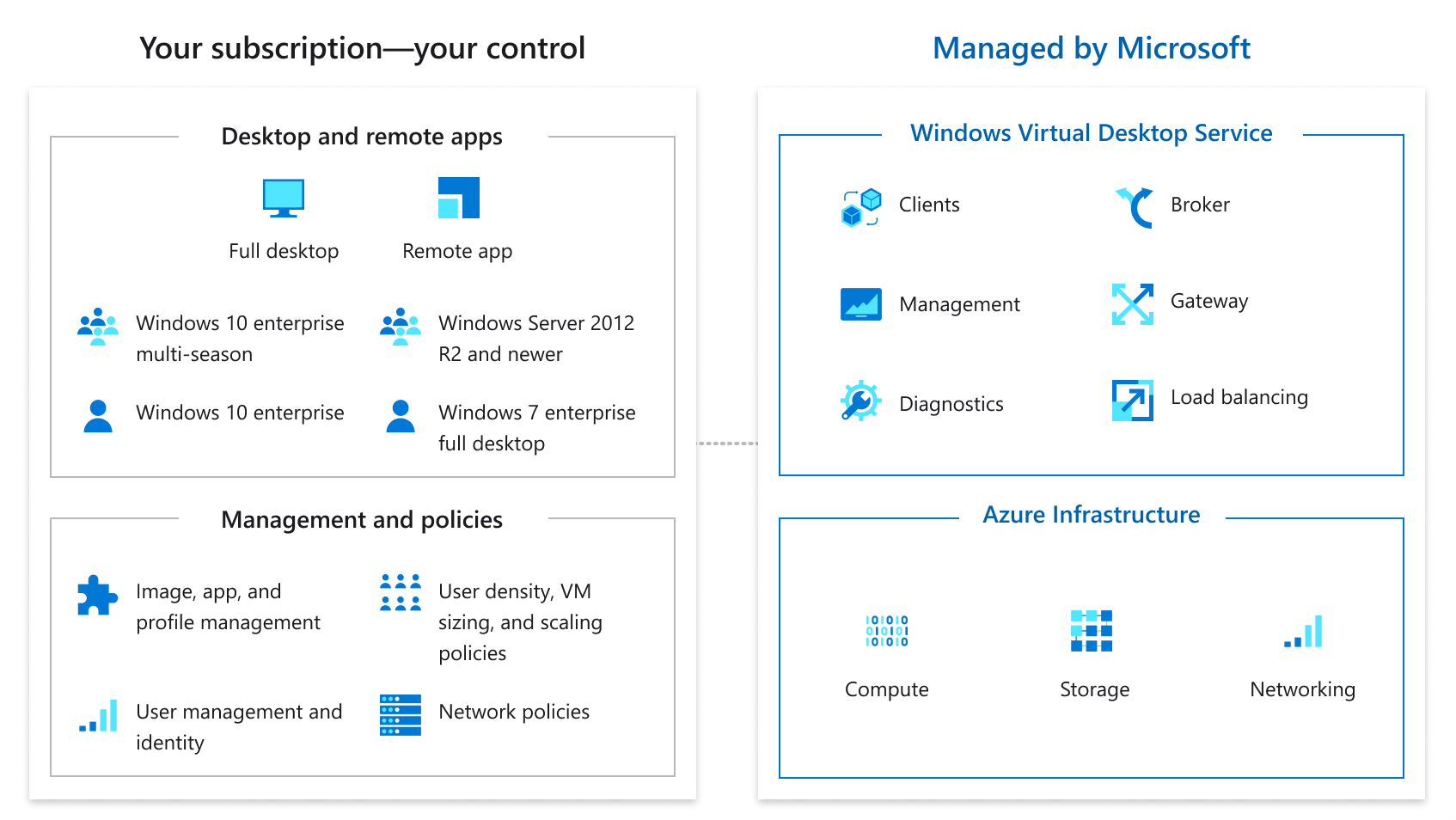

2022/02/19 Microsoft Cloud Solutions 1635 visit(s) 3 min to read
Cetelecoms

In the business world, it can be challenging sometimes to work “on the go”, and let’s face it, we don’t carry all our devices with us all the time even though many think we should.
However, it’s required sometimes to deliver tasks as fast as possible and that requires access to work devices at any time.
Microsoft has the right solution for you and that is Azure Virtual Desktop AVD.
However, you should not mix it with another term, Remote Desktop. So what’s the difference? and how to choose the best solution for your business?

So when an administrator is designing a private cloud, they must ask the question: Do I need to go for remote desktop or virtual desktop?
So What is the difference between the two approaches? and what are the pros and cons of each?
Remote desktops are a part of Microsoft’s terminal servers, the environment where users can establish a connection to one or more terminal servers.
In this case, the user’s applications work directly on the terminal server rather than running on a virtual desktop environment.
As for the advantages, we can start with the fact that it’s pretty simple to use remote desktops. Their environment tends to have fewer infrastructure requirements than virtual desktops environments, which in turn means fewer implementation costs.
However, we need to mention the disadvantages, and a major one is application compatibility. In the past, many applications wouldn’t run in a terminal server environment. However, and over the years many of these compatibility problems were solved.
And in the case you need an application that wouldn’t run on this environment, you can still use an application virtualization solution as a way to hack your way around the problem.
A virtual desktop infrastructure or VDI makes use of an extensive collection of virtual machines or VMs running on top of hypervisors.
Here, the environment tends to be more complicated than remote desktop’s.
In VDI environment, the administrators must manage a collection of virtual machines and a connection broker is required to match the user sessions to virtual machines.
However, if this wasn’t implemented properly, then the connection broker can become a single point of failure or a significant performance bottleneck.
A virtual desktop is a preconfigured image of an operating system and its applications which is separated from the end device that is used to access it.
Let’s say you have a device running on Windows 7 and you want to try Windows XP for some reason without having to change the operating system, A VD allows you to do so.
The alternative definition of virtual desktop relates to Microsoft Windows.
It is a feature offered on Windows 10 and 11 that allows you to add unlimited virtual desktops quickly and easily.
From the Task View pane below, you can create and manage virtual desktops, move applications to different desktops and close pages on selected virtual desktops or show the windows on all desktops.

It might be complex and costly, but VDs do offer several advantages over remote desktops, and we listed the following:
So this won’t end the discussion, but in a nutshell, the choice here depends on the organization’s needs. Virtual desktops generally provide a higher degree of flexibility, however, that is at a higher cost in comparison to remote desktops.
Previously known as Windows Virtual Desktop or WVD, Azure Virtual Desktop is a desktop and app virtualization service that runs on the cloud!.
And to make the decision easier for you, here’s what it allows you to do:
Ctelecoms is a proud Microsoft partner, working to provide the best-in-class services to clients in Saudi Arabia.
Now our team can help you set up your Azure Virtual Desktop, so you can have a seamless experience with full support.
Reach out at: https://www.ctelecoms.com.sa/en/Form15/Contact-Us